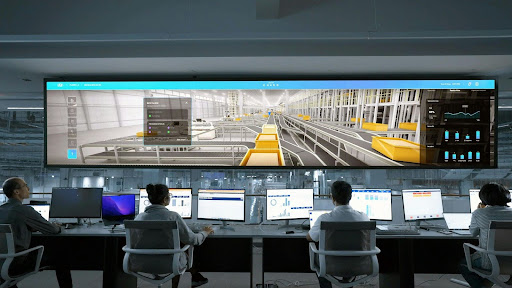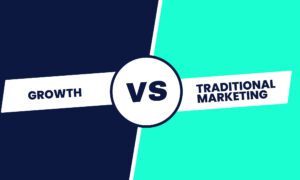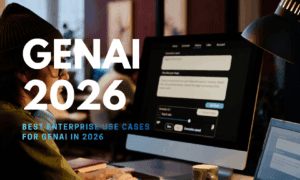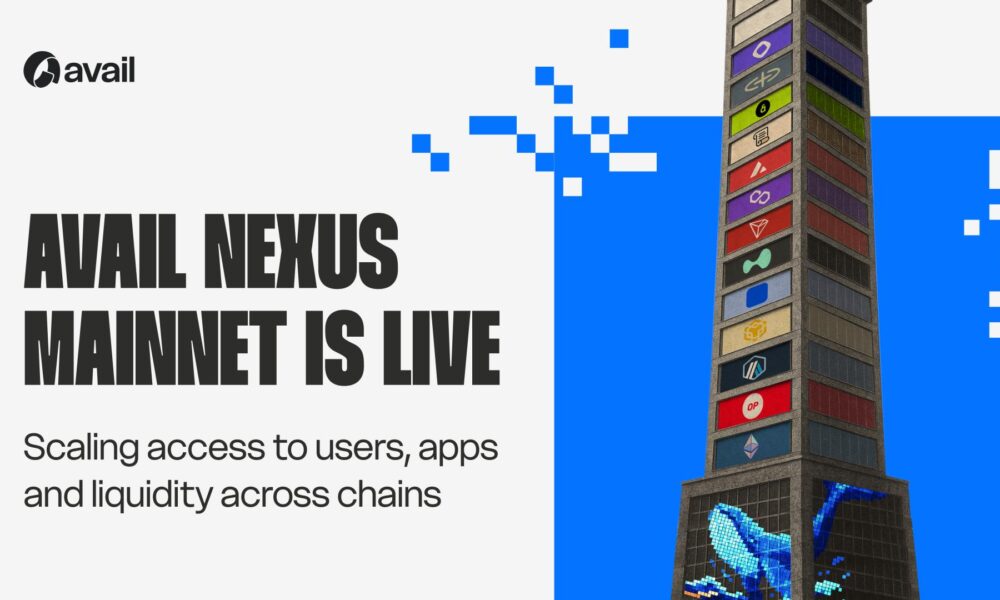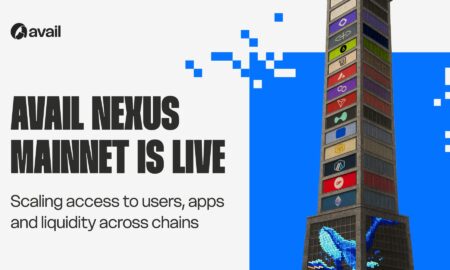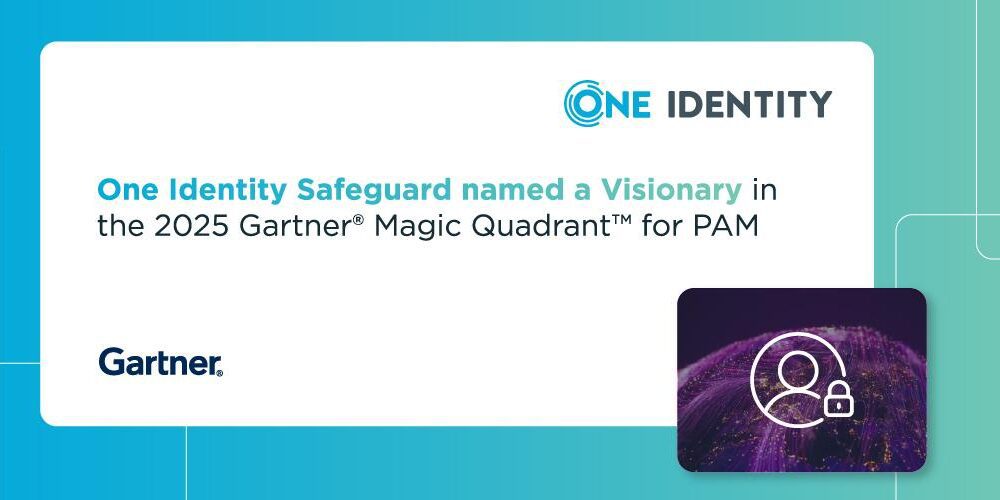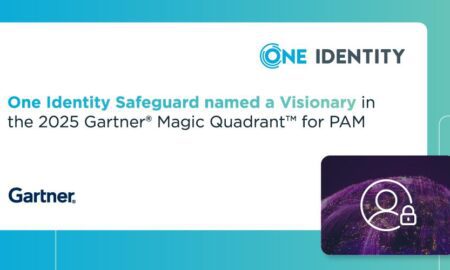In today’s hyper-competitive e-commerce landscape, most brands compete on three fronts: product, price, and promotion. But the smartest operators know that long-term differentiation comes from what’s behind the scenes — operational infrastructure. That means building internal systems that make you faster, leaner, more scalable, and more resilient than your competitors. While many brands are fixated on flashy front-end marketing, it’s your ability to consistently deliver that builds a moat. This article explores how operational infrastructure becomes your brand’s competitive advantage and offers a framework for turning your backend into a profit-generating machine.
Why Operations Is the Hidden Growth Engine
At Modonix, we often work with brands that have great products but are buried under reactive operations. They’ve grown quickly through performance marketing but now face late shipments, high return rates, stockouts, or ballooning overhead. Without solid infrastructure, every new order creates more chaos. In contrast, brands that invest in backend systems early build the kind of stability that supports 10x growth. Visit https://modonix.com/returns-are-not-the-enemy-why-smart-e-commerce-brands-leverage-returns-to-build-loyalty-and-profits/
Example: DTC Apparel Brand Streamlines Fulfillment
A fast-growing apparel brand came to Modonix struggling with fulfillment accuracy below 88% — which meant nearly 1 in 10 orders had an error. After auditing their stack, we found 3 separate spreadsheets manually updated by team members in different time zones. We replaced this with a central SKU tracker integrated with their Shopify store and 3PL. Accuracy rose to 99.2%, and returns dropped 17% — translating to over $6,500/month in savings.
Example: Industrial Supplier Unlocks Capital by Fixing Inventory
An industrial parts supplier was sitting on over $200K of aging inventory while routinely running out of their top-selling SKUs. We helped them build an inventory classification model that split products into A/B/C tiers based on demand velocity. We then introduced automation rules that set reorder points dynamically based on sales trends. Within 90 days, inventory turnover improved by 43%, and working capital dropped by $110K — freeing up funds for expansion.
The 3 Levels of Operational Infrastructure
Not every business needs an ERP out of the gate. Here’s how to build infrastructure that fits your growth stage:
1. Level 1 (Startups <$100K/mo): Use Google Sheets + Zapier to centralize product, order, and vendor data. Focus on visibility.
2. Level 2 (Scaling $100K–$500K/mo): Add tools like Airtable, Notion, or a lightweight ERP to consolidate processes. Implement inventory KPIs.
3. Level 3 (Growth Stage $500K+/mo): Formalize SOPs, build dashboards, integrate WMS, and link purchasing with forecasting.
Regardless of size, focus on building systems that remove bottlenecks and reduce dependencies on specific team members.
Key Operational KPIs to Track
If you can’t measure it, you can’t improve it. These KPIs tell you whether your infrastructure is working:
– Inventory Turnover: Are you sitting on dead stock?
– Order-to-Delivery Time: How fast can you fulfill?
– Fulfillment Accuracy: How many orders have errors?
– Return Rate: Often tied to operations, not just product quality
– Net Burn Rate: Are operations eating your margin?
Learn more on Modonix’s blog:
You Can’t Out-Amazon Amazon — But You Can Out-Operate
Amazon’s strength isn’t just scale — it’s systems. You can’t match their fulfillment centers or AI, but you can build operational excellence within your niche. That means faster B2B quotes, better packaging, more accurate stock data, or smoother onboarding. For example, one Modonix client in the PPE space automated vendor quote comparison — saving 4+ hours/week and reducing purchasing costs by 12%.
The Infrastructure Moat Framework
We use this simple 3-part framework to help clients turn ops into a moat:
🔹 **Visibility:** Dashboards, reports, and alerts that make problems obvious
🔹 **Automation:** Systems that run without human intervention (e.g., auto-reorder)
🔹 **Standardization:** SOPs and workflows that remove tribal knowledge
When competitors struggle to scale, your infrastructure makes growth feel easy.
Conclusion: Infrastructure Isn’t Sexy, But It Pays
Most founders wait until chaos forces them to fix their backend. But the best brands build infrastructure as they scale — creating a smooth, resilient engine that supports revenue and reduces stress. If you’re serious about scaling profitably, stop ignoring what happens after the sale. Start building the moat that will protect your margins for years to come.
→ Want to see how Modonix helps brands operationalize for growth? Visit the Modonix contact to schedule a free consult.
By Ahmed Abuswa | Modonix.com

